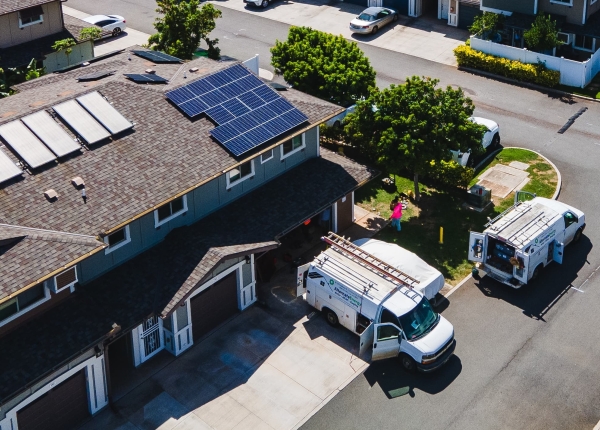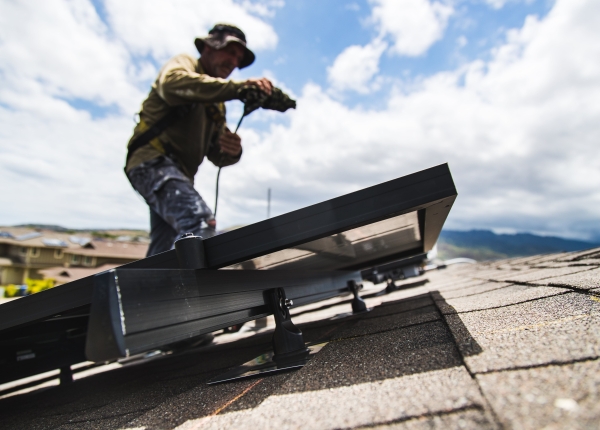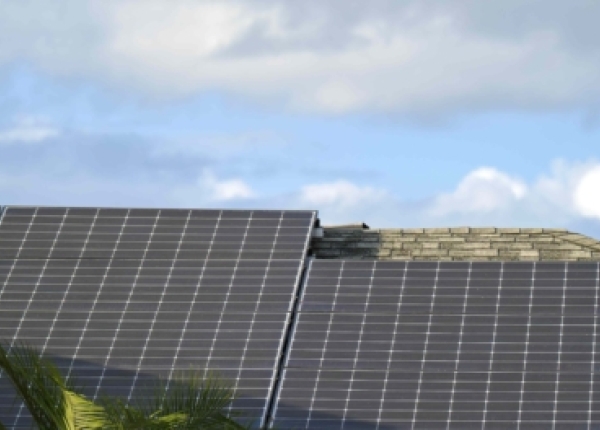PUC Order Allows More Customers to Join Grid Supply Program
What the PUC Decision Means
For years, Hawai‘i residents have seen programs shift from Net Energy Metering (NEM) to Customer Grid-Supply (CGS) and now to Smart Renewable Energy (Smart DER) tariffs. The August 2025 order represents the next major milestone, with three big changes:
- New BYOD Plus Program
- Battery incentives: Customers who add new battery storage can receive an upfront incentive and ongoing monthly export credits.
- Equity focus: Half of BYOD Plus capacity is reserved for low- and moderate-income households, who also qualify for higher upfront incentives .
- Transition From Legacy Tariffs
- Customers on older programs like CGS and Smart Export will eventually migrate to the Smart Renewable Energy Export tariff.
- Smart DER Export Enhancements
- Launched in 2024, this program compensates rooftop solar owners with time-varying export rates, encouraging them to produce when the grid needs it most.
Why This Matters for Hawai‘i’s Energy Future
- Grid reliability: By rewarding customers for installing batteries, the PUC ensures that energy is available after sunset, when demand is highest.
- Lower bills for families: Customers can cut electricity costs while receiving credits for supporting the grid.
- Clean energy equity: Targeted incentives for LMI households help make solar + storage accessible to more families statewide.
- Climate leadership: Every step strengthens Hawai‘i’s position as a global leader in clean energy transition.
Context: Hawai‘i’s Grid Challenges
Unlike mainland states, Hawai‘i’s island grids cannot import power from neighbors during shortages. This makes stability a critical issue. As renewable adoption grows, the PUC has pivoted away from simple one-to-one energy credits toward dynamic, flexible programs that:
- Shift exports to peak evening hours
- Reduce reliance on imported fossil fuels
- Build resilience against outages and weather events
What Customers Should Do Now
- Check your current program – If you’re on CGS, Smart Export, or another legacy tariff, expect a transition in the coming years.
- Consider adding storage – The BYOD Plus program offers significant incentives for installing a battery, especially for LMI households.
- Stay informed – Compensation rates and participation rules evolve. Watch Hawaiian Electric and PUC updates to maximize your savings.
- Talk to a solar expert – AEI can evaluate your system and show how these changes affect your bill and ROI.
Bottom Line
The PUC’s August 2025 order doesn’t just close an investigation — it opens the door to a cleaner, more resilient, and more inclusive energy future for Hawai‘i. By expanding programs like BYOD Plus and modernizing export tariffs, more families and businesses can join the renewable movement while keeping the lights on for all.
👉 Want to see how these programs could lower your bill? Contact AEI today for a free consultation.


